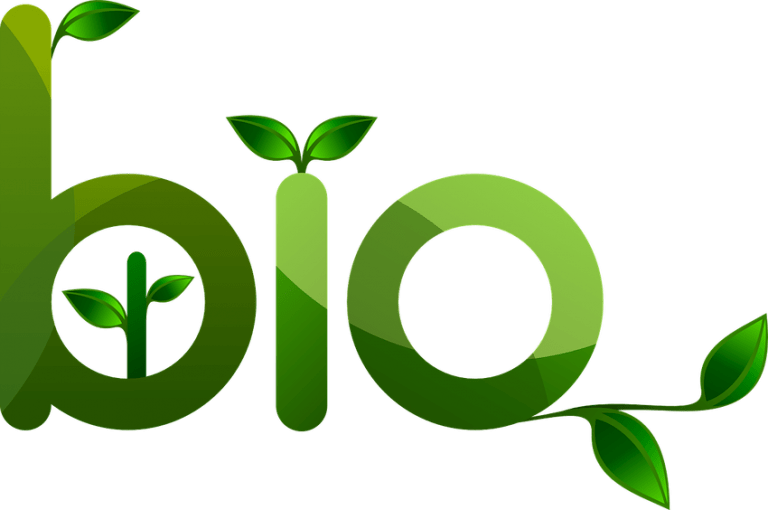Top 5 Biodegradable Resins For Your Plastic Injection Molding Project



The use of biodegradable plastics is soaring across industries, as consumers continue to demand more eco-conscious products in the wake of the green movement. In fact, according to recent research from Market Research Futures, the biodegradable plastics market will reach $27.3 billion by 2027—an impressive compound annual growth rate (CAGR) of 18.9 percent from 2022 levels—spurred largely by consumer demand.
Whether your customers and clients are demanding a switch to biodegradable plastics or your consideration is being driven by a personal desire to use eco-friendly resins, it pays to understand what options you have when it comes to biodegradable resins that can be used in plastic injection molding.
Below, we explore the top five biodegradable plastics that you may be able to use for your plastic injection molding projects, as well as one emerging material that may be poised for strong growth.
Types of Biodegradable Plastic Resin
Biodegradable plastic is any of a number of plastic varieties that can decompose naturally in the environment, compared to traditional plastics which do not decompose as readily. Most biodegradable plastics are created by the fermentation of canola oil or sugar, and they decompose under the right temperature and humidity conditions.
This quality makes biodegradable plastic especially well-suited for items and products which will be discarded after one use. The most common types of biodegradable plastic resins used in plastic injection molding include:
- Thermoplastic Starch-based Plastics (TPS)
- Polyhydroxyalkanoates (PHA)
- Polylactic Acid (PLA)
- Polybutylene Succinate (PBS)
- Polycaprolactone (PCL)
1. Thermoplastic Starch-Based Plastics (TPS)
Starch-based thermoplastics (TPS) are cheap and abundantly available. They are often combined with other materials for use in plastic injection molding. They can be used for food packaging, carryout packages for fast food, and disposable utensils. Starch-based plastics are completely biodegradable and may end up being completely carbon neutral, an important consideration given the increased awareness that average consumer have regarding carbon emissions and global warming.
2. Polyhydroxyalkanoates (PHA)
PHA (polyhydroxyalkanoates) is a plastic resin created by the action of bacteria on sugars or lipids. By combining various molecules, the resulting plastic resin takes on a variety of properties. PHAs are stable under exposure to UV, highly moisture resistant and do not easily absorb odors, making them ideal for food and cosmetics packaging, as well as certain medical devices, such as surgical mesh or sutures.
3. Polylactic Acid (PLA)
Polylactic acids (PLA) are derived from tapioca, cassava, sugarcane, or cornstarch. PLAs are used to manufacture a number of different kinds of goods, including medical implants—such as rods or screws—and also in consumer products—such as cups, food packaging, disposable tableware, and loose-fill packaging.
As a note: It is important that this material is thoroughly dried prior to being processed via plastic injection molding.
4. Polybutylene Succinate (PBS)
PBS (polybutylene succinate) is an aliphatic polyester with properties similar to polypropylene, but which naturally degrades into water and CO2. It is made from succinic acid, a naturally occurring chemical common to most living organisms. PBS is used in packaging for food and cosmetics, medical implants, and drug encapsulation. PBS is often mixed with PLA to change strength or impact resistance of a part or product, without unduly affecting thermal or tensile properties.
5. Polycaprolactone (PCL)
Polycaprolactone, or PCL, is used in the production of polyurethanes to improve impact resistance or to add resistance to water, solvents, oils, and chemicals. It is made from vegetable oils and often mixed with starch-based plastics to reduce costs or to change the tensile characteristics of the material. Typical medical uses include drug delivery devices, sutures, or adhesion barriers and scaffolding to help in tissue repair.
6. Hemp: A New Entrant
Though the five types of biodegradable plastic resins discussed above have a firm hold on the biodegradable plastics market, there is another emerging source of biodegradable plastic: Hemp.
Hemp plastics may be made from 100 percent hemp and infused with hemp fibers for strength and durability, or they may be mixed with other plastics. Hemp plastics can be up to five times stiffer and 2.5 times stronger than polypropylene, and it can be used in standard plastic injection molding machines without requiring any machine modifications.
Hemp plastic is used extensively in the automotive industry for panels, and in the building industry for a variety of products where fire-retardant properties are desirable. Hemp plastic water bottles eliminate the concerns associated with BPA plastics and are completely biodegradable.
Hemp currently accounts for more than 500,000 tons per year in the European Union alone, with extremely high projected growth rates.
Choosing the Right Biodegradable Plastic for Your Injection Molding Project
If you are considering using a eco-friendly resin to create your plastic injection molded part or product, you’ve got a number of options at your disposal. Which resin or composite resin will make the most sense for you will depend on a number of factors, including the properties you desire in the end product. Though popular among consumers, it is important to bear in mind that biodegradable plastic resins may not be an appropriate choice for all projects.

